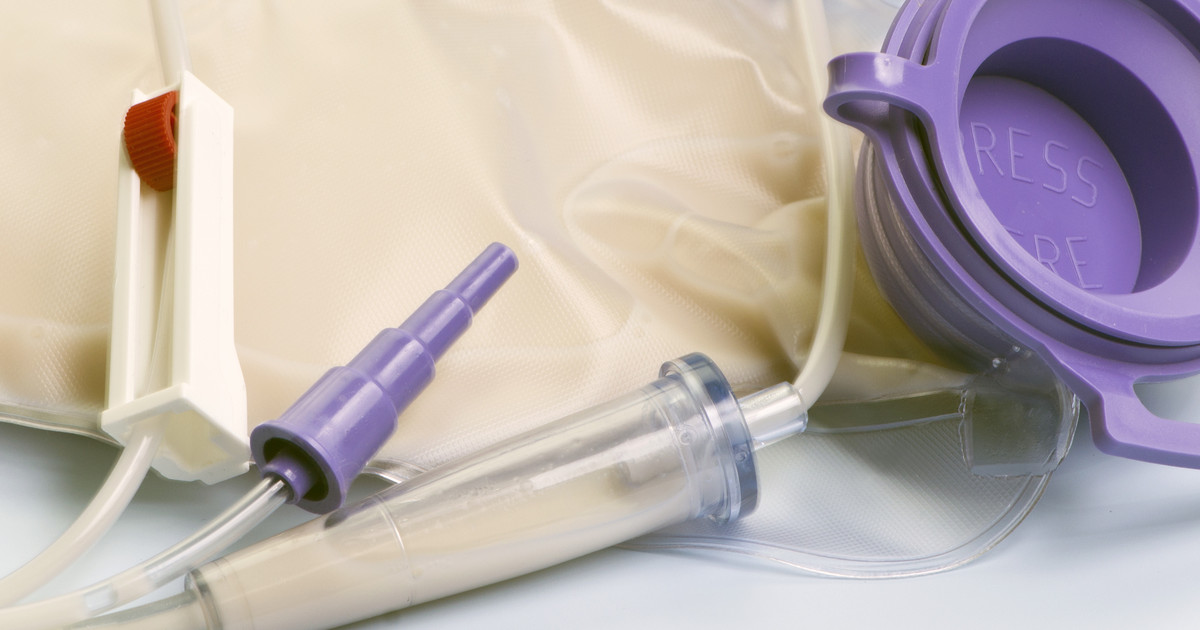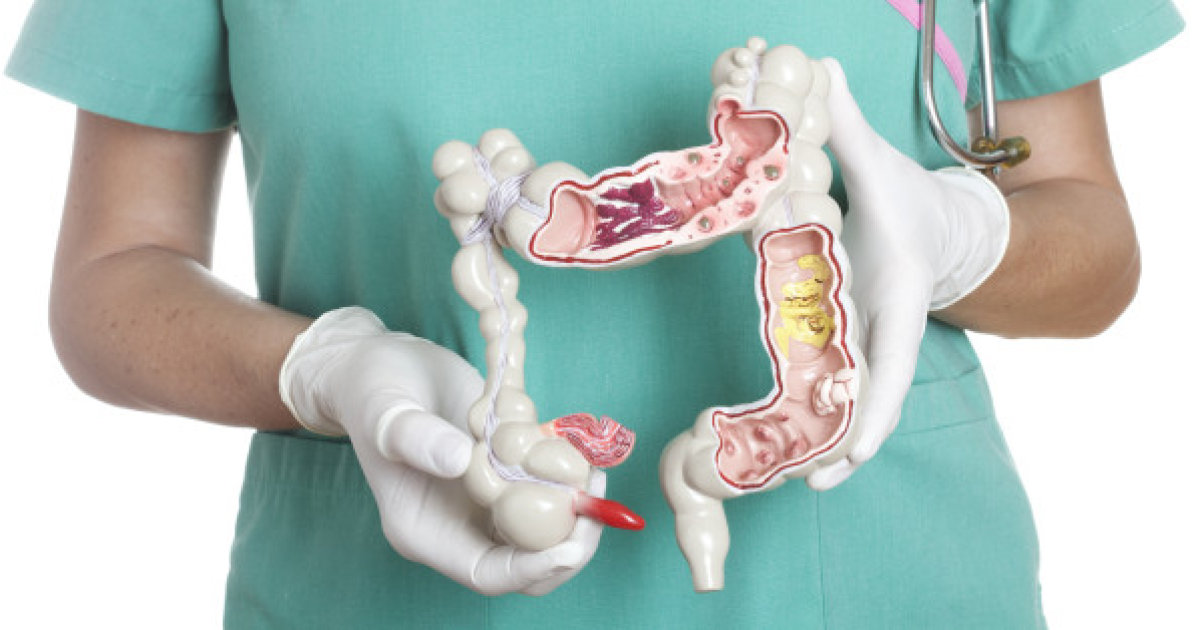What To Expect From A Feeding Tube Insertion Procedure
A healthy individual places food into their mouth, which they then chew and swallow. The food moves into the stomach from the esophagus, where it is digested and broken down before entering the small intestine for nutrient absorption. When there is a structural or functional issue with any of the muscles, nerves, organs, or tissues involved in the movement of food to the stomach that keeps an individual from eating, they will need to be fed through an alternative method. A feeding tube insertion procedure, which is also called a gastrostomy, is a surgery where a feeding tube is installed in the patient's stomach through an abdominal incision. Feeding tube insertion procedures are required for patients with conditions that make it extremely difficult for them to eat normally.
Patients may require gastrostomy tube feeding for many reasons, including as a treatment for Crohn's disease and celiac disease. Babies born prematurely may need an infant feeding tube. It is often liquid food for feeding tube patients. However, individuals must first understand why these tubes are used and how the procedure works.
Why Feeding Tubes Are Used
An individual may need a feeding tube if they have trouble eating on their own. Patients may also need a feeding tube if they have a malformation of their esophagus or mouth that makes it difficult for them to eat or unsafe for them to eat normally. Individuals who have problems swallowing and keeping food down may also need to have a feeding tube inserted. Those who are not receiving adequate nutrition or fluids by mouth are also considered candidates for a feeding tube.
Common medical conditions that may necessitate the use of a feeding tube include severe burns, stroke, motor neuron disease, dementia, and cancer. Other examples are premature birth, neurologic disorders, atrial septal defect, and cerebral palsy. A temporary or even permanent feeding tube may be necessary for patients affected by bronchiolitis obliterans, celiac disease, Chiari malformation, Sanfilippo syndrome, and chronic lung disease. This also applies to Crohn's disease, cystic fibrosis, Down syndrome, oral motor disorders, muscular dystrophy, macroglossia, laryngeal cleft, and kidney failure.
Learn about the types of feeding tubes next.
Types Of Feeding Tubes

The common type of feeding tube used for long-term feeding is a gastrostomy tube. This is the tube inserted directly into the patient’s stomach through an abdominal incision. Patients get this type of feeding tube when they require tube feeding for longer than six weeks. However, there are other types of feeding tubes. Another long-term option is a jejunostomy tube, which is a feeding tube inserted through the patient’s stomach and into their small intestine. It can also be inserted directly into the patient’s small intestine through an abdominal incision. Of course, patients have short-term options as well. The most common short-term type of feeding tube is a nasogastric tube, which is inserted through the patient’s nose, down their esophagus, and into their stomach. Patients will receive it if they need tube feeding for six to eight weeks or less.
Discover how to prepare for the insertion procedure next.
